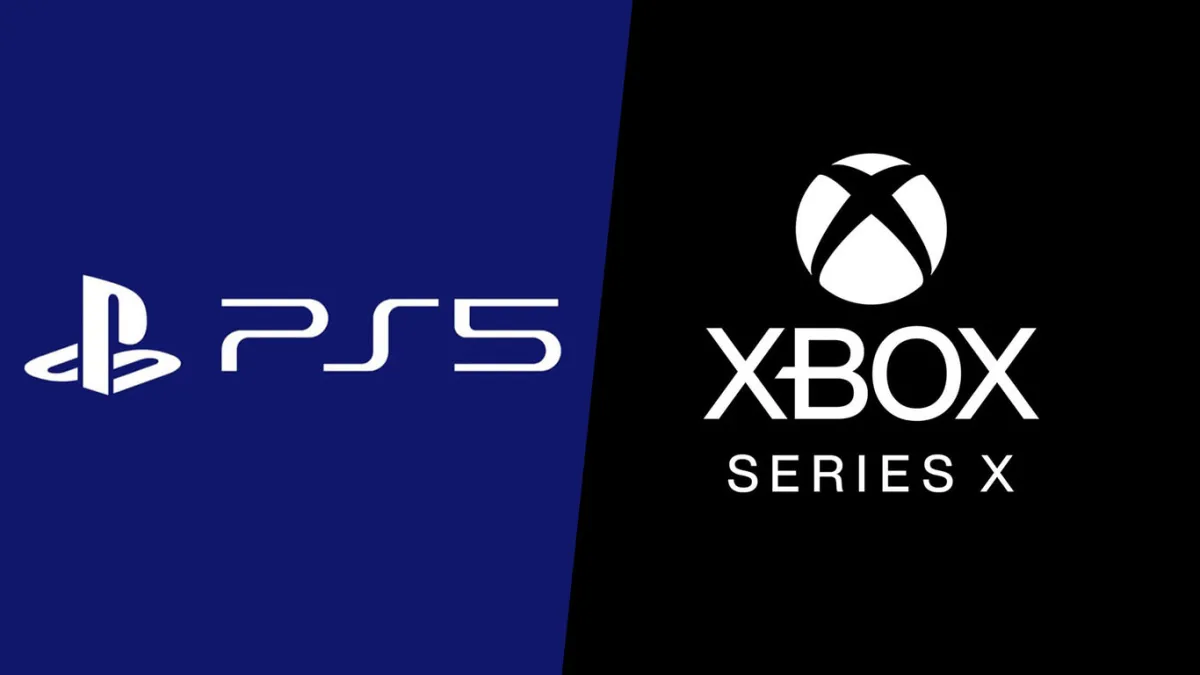Quarterly financial conference calls hosted by game publishers and developers are often a great source of information, but they can generate misinformation as well.
If you’re not familiar with what a financial conference call actually is, every quarter publicly-traded developers and publishers present their financial results during a livestreamed presentations, usually preceded by a press release. After the prepared remarks, executives entertain questions from institutional investors and analysts (and at times financial media), which is when a lot of the juicy info is shared.
When executives talk to investors and analysts, they have a different approach compared to the communication aimed at gaming media and gamers in general, which means that they’ll often provide an interesting point of view when approached and reported the right way.
The flipside of this is that many among the gaming media simply don’t know how to approach and report it for a variety of reasons, and often simply because they’re not used to it.
I’ve been covering financial conference calls live for over a decade, and during this time I’ve seen hundreds of articles that simply did not reflect the information provided, often causing controversies that tend to be difficult to reel in once they’re out in the wild. When a misleading article is published, often by a large website, other outlets will bounce it around, and considering that the original source is rather obscure, it’s almost impossible to stop that snowball effect.
This is not to say that all of the articles on the topic are inaccurate, or even a majority, but those that do slip through the cracks tend to be quoted a lot due to the fact that they’re often about pretty hot topics, causing considerable confusion.
The first factor in this issue is that properly covering financial conference calls live is relatively challenging. It requires a writer to sit down for one hour to ninety minutes listening to speeches that can turn in a split second from incredibly boring to extremely interesting.
When the interesting stuff happens, it’s often a lot of information packed so tight that it’s difficult to follow it and write it down at the same time. Recording it helps, but unless you wait for the end of the conference to write your article, you may find yourself typing, double-checking your recording, and listening to the rest of the conference at the same time.
This is the first chance for things to go wrong, even if in my experience it isn’t the most widespread source of mistakes. At the very least journalists who cover this kind of conference live have a direct source to write from and full awareness of the context, mitigating the possibility of misquotes.
The biggest mistakes are normally generated by writers who don’t listen to the conference calls at all. As I mentioned before, reporting them directly and live is hard work, so many simply don’t bother.
Instead, they wait for someone who is listening to the conference to tweet some of its contents and use those social media posts as the foundation of their articles.
Unfortunately, this kind of second-hand reporting is much more widespread than many think, whether the tweets are explicitly quoted or not.
This approach has obvious flaws. First of all, you’re often completely unaware of the context in which something has been said, and context is absolutely critical to correctly interpreting and reporting complex statements.
Secondly, the tweets and social media posts in question very rarely are exact quotes. Due to the nature of Twitter, they’re condensed summaries of the original statements that often are deprived of relevant details and nuance, when they aren’t partly or completely incorrect.
This is compounded by a rather critical technical factor: financial conference calls tend to use obsolete streaming platforms that won’t provide a replay for a while after the stream has ended. Excluding very few companies that use YouTube (like CD Projekt) which offers an instant replay, those who don’t listen to the conference calls live usually have no way to actually verify the accuracy of their second-hand sources until the recording is published, which can take hours.
On top of that, many simply trust the tweets without even bothering to verify their accuracy even after the recording is available, simply because listening to a 90-minute stream is hard work even if you can do it on your own time.
There are further compounding issues, including the fact that financial reporting often uses technical lingo that many people out of the finance world aren’t used to hearing and understanding.
The language barrier can become even worse when we’re talking about a Japanese company. Usually, English interpretation is provided, but even professional interpreters tend to struggle to keep up with the pace of this kind of broadcast not for fault of their own. Simultaneous interpretation is even more challenging than live reporting, meaning that their translation is often less than clear, requiring some effort and a bit of knowledge of the original language to clean up and present in written form. Sony is a very good example of this issue.
The result of this mix of a challenging reporting situation and the fact that people often take the path of least resistance and skip that challenge altogether by trusting second-hand sources generates several articles that are shaky at best and misleading or simply incorrect at worst basically every quarter.
The fact that we’re at the onset of a new generation of consoles and many people are hunting for that juicy controversial quote (regardless of whether it’s accurate or not) exacerbates the issue further.
What can you do to avoid being misled? First of all, try to identify outlets that cover these kinds of financial conferences live.
It’s pretty easy to do because they normally happen within an hour or two of the closing of the local stock exchange. Conference calls from America happen around 5 PM Eastern time, those from Japan around 4 PM local time (which means early morning in the west). Europe is a bit less homogenous, but the local late afternoon tends to be the norm.
Secondly, analyze the content you’re offered. If the article openly quotes tweets, regardless of the source, you should probably take it with a rather large grain of salt due to lack of context and the fact that those quotes are necessarily summarized, introducing a clear element of interpretation and uncertainty.
Thirdly, make sure you’re provided with plenty of context. Be wary of quick articles dropping that juicy controversial quote without explaining the discourse around it. It might be taken from second-hand social media sources without actually mentioning it, and it may not provide you with the tools required to gauge the true intention of the speaker.
Ultimately, if you have some time you can easily verify the content of nearly all articles of this nature. Most companies provide a recording of the calls a few hours later in their Investor Relations websites (googling the name of the company and “Investor Relations” will lead you straight to it). On top of that, financial sites like Seeking Alpha provide reliable transcripts of the calls of the biggest publishers when the publishers themselves don’t publish them themselves in the Investor Relations sites mentioned above.
While both recordings and transcripts take a few hours to become available, they’re at least a good way for you to verify the articles you’ve read and gauge which media outlets you can trust for this kind of content.
The old adage “don’t believe everything you read on the internet” tends to apply to articles about financial conference calls more than to other kinds of reporting. At the very least, I hope this article provided you with some tools to judge for yourself the news you’re provided.




